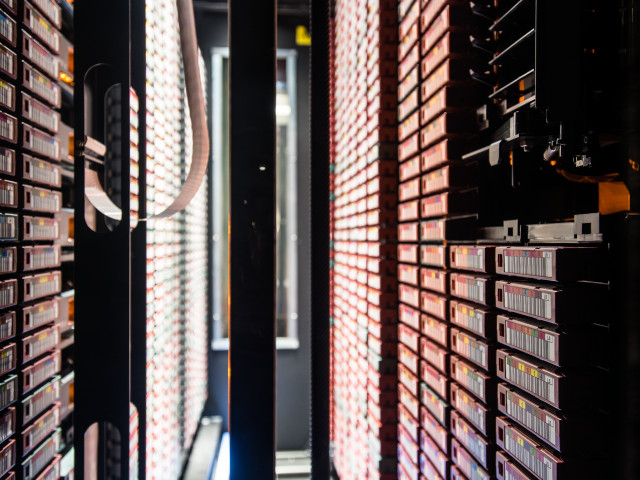The course consists of 14 hours of lectures, 14 hours of recitation (övningar) and 40-100 hours of written assignment.
Topics
* What the Internet is and why it has proven to be so succesful.
* What protocols are required to allow internetworking (IP, TCP, UDP, ICMP, etc.)
* Understanding of TCP/IP protocol stack, layering, encapsulation and multiplexing
* IP Addressing, subnetting and resolution
* Transport protocols, including UDP and TCP
* Details of routing and routing protocols (RIP, BGP, OSPF)
* Autoconfiguration and naming (BOOTP, DHCP, DNS)
* Internet applications (VoIP, SMTP, etc)
* Multicasting, VPNs, Mobile IP, and security
* IPv6 and some differences with IPv4
This course will give both practical and general knowledge on the protocols that are the basis of the Internet. After this course you should have a good knowledge about Internet protocols and internetworking architecture. You should have a general knowledge aiding you in reading research and standardization documents in the area.
Learning Outcomes
Following this course a student should be able to:
* Understand the principles on which internetworking is based - which define the Internet (both what it is and why it has proven to be so succesful)
* Understand TCP/IP protocol stack, layering, encapsulation and multiplexing
o Understand multiplexing, demultiplexing, upward and downward multiplexing
o Encapsulation as used for Mobile IP, Virtual Private Networks (VPNs), IP security, ... and other tunnelling protocols
o Understand how information is encoded in headers and how the choice of this encoding and field size may effect the use and evolution of a protocol
o Understand how data is encoded in the body of a packet and how this may effect internetworking - especially in the presence of firewall and network address translators.
* Understand IP Addressing, subnetting and address resolution - including the interaction of protocols across layers
* Understand a number of higher layer protocols including the security risks and performance limitations of each
* Understand the basic details of routing and routing protocols (RIP, BGP, OSPF) - with an emphasis on their limitations and behaviors
* Understand autoconfiguration and naming (BOOTP, DHCP, DNS, DDNS, DNSsec, ENUM, ... ) - with an emphasis on risks, limitations, scaling, and evolution
* Understand the nature and pressures on the design and operations of internets - particularily on scaling, performance, delay bounds, due to new Internet applications (VoIP, streaming, games, peer-to-peer, etc.
* Understand the advantages and disadvantages of IPv6 (in comparison to IPv4)
* Read the current literature at the level of conference papers in this area.
o While you may not be able to understand all of the papers in journals, magazines, and conferences in this area - you should be able to read 90% or more of them and have good comprehension. In this area it is especially important that develop a habit of reading the journals, trade papers, etc. In addition, you should also be aware of both standardization activities, new products/services, and public policy in the area.
* Demonstrate knowledge of this area in writing.
By writing a paper suitable for submission to a trade paper or national conference in the area.
